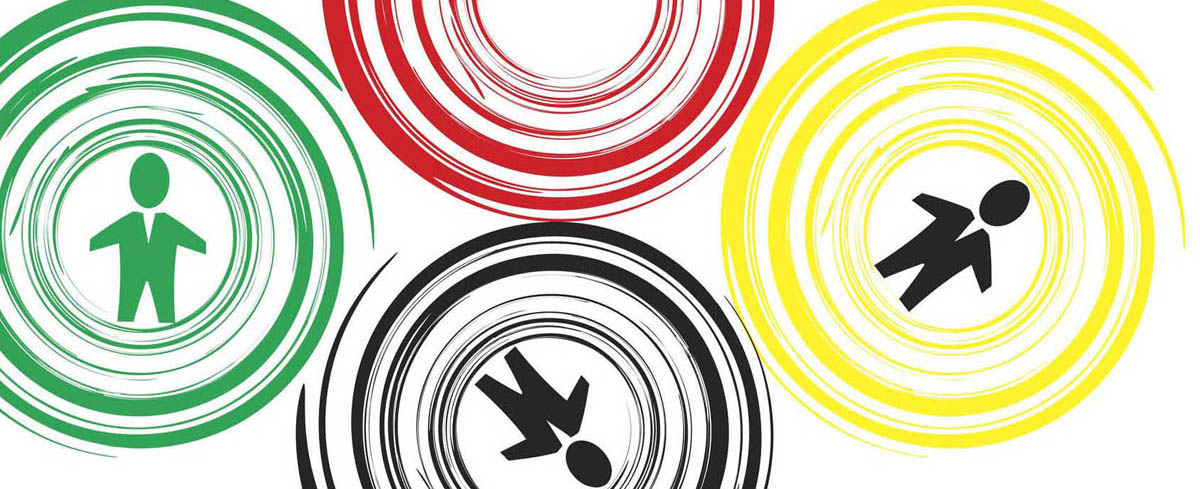We know it’s not just what we say but how we say it that matters in communication. This is no less true in communicating meaning from datasets. Raw data requires analysis to uncover patterns and relationships. Through data visualization (charts, graphs, maps, etc.), we make analyzed data easier to understand, so that the information is accessible to the user of those data.
GIS at UVM: Data Visualization and Communication
UVM’s course on Data Visualization and Communication helps students use data preparation, communication, and visualization to better inform business decisions and increase the odds of success in this data-driven economy. An important element of the GIS and Data Communication Professional Certificate program, the course teaches the cognitive skills necessary to be an effective data communicator.

Bill Shander, an information designer and the instructor of Data Visualization and Communication, suggests that his course helps students “think critically and strategically about why they’re communicating, who for, their point of view on the information, and the actions they want the audience to take with it.”
Shander believes that data visualization is not just for those with strong technical skills. He notes that “technical skills are nice because you can then execute your concepts and make interesting outputs like intricate interactive experiences. But you can also make very effective, simple, elegant, static graphics with extremely limited skills.” He emphasizes that “the most important thing is the ability to think critically about your goals and your audience, and to make thoughtful decisions about design and chart selection and other best practices. If you get those right, the execution is the easy part, and doesn’t require deep technical expertise to pull it off.
Shander has a BA in English and an MA in journalism, which at first glance may seem like an unlikely educational foundation for a career in data visualization. In fact, Shander uses his “English/journalism training every single day.” In his degree coursework, he “learned how to deconstruct and reassemble ideas; to write clearly and concisely; to turn abstract, complicated topics into clear, focused ideas; and to translate those focused ideas for a general audience.” He adds: “Those skills are absolutely critical to my success.”
Art and Science of Data Communication
As it requires both critical thinking and technical skills, Shander believes that data communication is both an art and a science. “There is a lot of research behind communications and data visualization best practices, which we cover in class,” Shander says. But it is when “these best practices conflict with one another” that the art of data communication becomes apparent. Shander suggests that, in these situations, “you make thoughtful, intentional decisions, use your judgement, apply artistry, and just do your best to connect with an audience.” While technical skills are important, “artistry is more likely to take you in the right direction” when best practices are in conflict.
Learn more about Bill Shander’s approach to data communication in his video The Curse of Knowledge.
Data Visualization and Communication is a valuable course in the GIS and Data Communication Professional Certificate program, as it enables students to more effectively communicate data to an audience. Developing the necessary technical and cognitive skills, the course teaches students to:
- Describe the function of the perceptual system in the comprehension of graphical imagery
- Design layouts and hierarchy to communicate complex messages
- Effectively use visual variables such as size, value, texture, color, orientation, and shape to communicate information
- Create impactful maps and visualizations of large and complex datasets that encourage comparison and visual analysis by the viewer
- Design ethical visualizations that recognize their production within an existing power system and present data in a fair and equitable way
Courses in the GIS and Data Communication Professional Certificate program are offered each spring and fall.
Visit the program website for more information.




